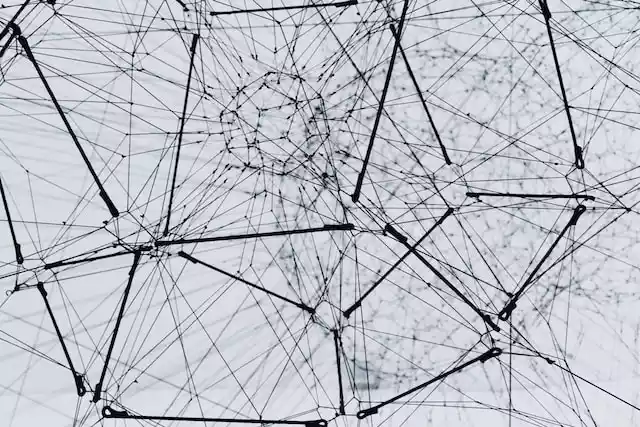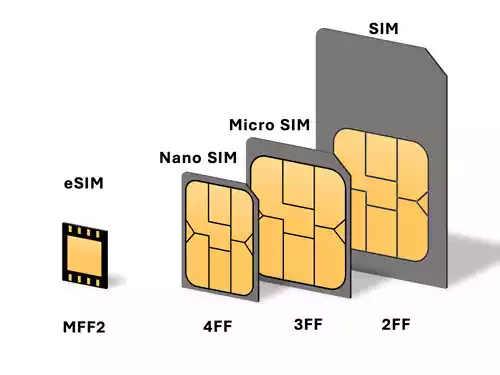Types of Losses in Optical Fiber
Optical fibers are used to transmit information over long distances by using optical light wave to carry data signals.
They are known for their ability to provide higher channel capacity or bandwidth, electrical insulation, less susceptible to crosstalk or interference, and others.
Read on: Why Optical Fiber Communication Is Preferred Over Other Means of Communication?
But with all these benefits, optical fibers are faced with several types of signal losses that can attenuate and distort the transmitted signal.
In this article, we will discuss the most common types of losses in optical fibers and their underlying mechanisms.
Types of Losses in Optical Fiber
Here are five (5) types of losses in optical fibers that affect the transmission and reception of data signals.
- Absorption Loss
- Scattering Loss
- Dispersion Loss
- Bending Loss
- Connector Loss
1/ Absorption loss
Absorption loss is a significant type of loss in optical fiber that occurs when light is absorbed by the material of the fiber, which can be caused by impurities in the fiber or by the natural absorption of the material itself.
There are two main types of absorption loss –
- Intrinsic absorption loss, and
- Extrinsic absorption loss
Intrinsic absorption is caused by the natural absorption of the material of the fiber, which is wavelength-dependent and is stronger at some wavelengths than others.
While extrinsic absorption, on the other hand, is caused by impurities in the fiber, which can be caused by various factors, such as the type of material used to make the fiber, the manufacturing process, and the environment in which the fiber is used.
To reduce absorption loss, materials with low absorption coefficients such as highly purified silica can be used, and the number of impurities in the fiber can be minimized.
Read on: What Is Fiber Optics Cable, Modes of Propagation and How Does Light Travels Through It
By putting this measure in place, absorption loss can be reduced to a level that is acceptable for many applications, even though it is a major factor that limits the transmission distance of optical fiber.
2/ Scattering Loss
Scattering loss is a phenomenon where light waves interact with small particles or inhomogeneities in the glass lattice of the fiber, causing the light to scatter in different directions.
Scattering can result in attenuation of the transmitted light and can be categorized into linear scattering (elastic scattering) and nonlinear scattering (inelastic scattering).
Linear scattering can cause the transfer of optical power from one propagating mode to another, resulting in attenuation of the transmitted light.
There are two types of linear scattering -
- Rayleigh scattering, and
- Mie scattering
Rayleigh scattering, is caused by random inhomogeneities in the glass lattice of the fiber, and is the dominant intrinsic loss mechanism in the low-absorption window between the ultraviolet and infrared absorption tails.
Mie scattering, is caused by intentional or unintentional inclusions in the fiber core or cladding, and is responsible for modal noise in multimode fibers.
Nonlinear scattering occurs when light interacts with a material in a non-linear manner, resulting in a scattered wave with different wavelength, frequency, or phase than the incident wave.
It includes Raman scattering, Brillouin scattering, four-wave mixing, self-phase modulation (SPM), and cross-phase modulation (XPM).
Nonlinear scattering can cause distortion, broadening, and loss of the transmitted optical signal, which can affect the transmission of information through the fiber.
Read on: Linear and Nonlinear Scattering Losses in Optical Fiber Explained Simply
3/ Dispersion Loss
Dispersion loss is an optical signal degradation caused by the spreading of light over time and distance, leading to the signal becoming distorted and unreadable.
This occurs due to the different propagation speeds of different wavelengths in an optical fiber, causing them to spread out as they travel.
There are two main types of dispersion loss -
- Chromatic dispersion, and
- Modal dispersion
Chromatic dispersion is caused by different wavelengths traveling at different speeds, while modal dispersion is caused by the different paths taken by the modes of light within the fiber.
To minimize dispersion loss, various techniques can be used, such as using dispersion-compensating fibers, optical amplifiers, and spectral slicing.
Read on: What Is Dispersion Loss in Optical Fiber and Types of Dispersion Loss?
4/ Bending Loss
Bending loss is a type of optical signal loss that occurs in optical fibers when the fiber is bent beyond a certain limit.
The bending loss is caused by two main factors -
- Microbending, and
- Macrobending
Microbending occurs due to small variations in the refractive index of the fiber core, while macrobending occurs due to large-scale bending of the fiber.
Bending loss can be minimized by using fibers with larger core diameters, lower refractive index, and smaller numerical aperture.
In addition, specialized fibers, such as bend-insensitive fibers, can be used to minimize bending loss.
Bending loss can have a significant impact on the performance of optical communication systems, particularly in applications where the fiber must be bent or routed around corners.
5/ Connector Loss
Connector loss refers to the optical power loss that occurs when light is transmitted through a fiber optic connector.
It occurs due to the imperfect alignment of the fiber cores, air gaps, and surface roughness of the connectors.
The amount of loss depends on various factors such as the quality of the connectors, the type of connector used, the wavelength of the light, and the mode of light propagation.
It is usually expressed in decibels (dB) and can be minimized by using high-quality connectors, polishing the connector surfaces, and ensuring proper alignment of the fibers during installation.
Summary
Optical fibers face different types of signal loss, which include absorption, scattering, bending, dispersion, and connector losses.
By understanding the underlying mechanisms of these types of losses, optical fibers and networks can be designed to decrease attenuation and distortion, which leads to high-quality data transmission over long distances.



